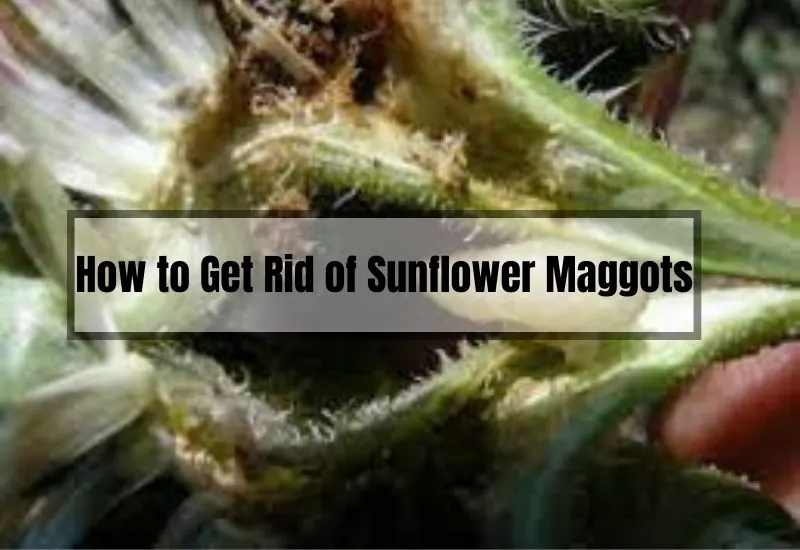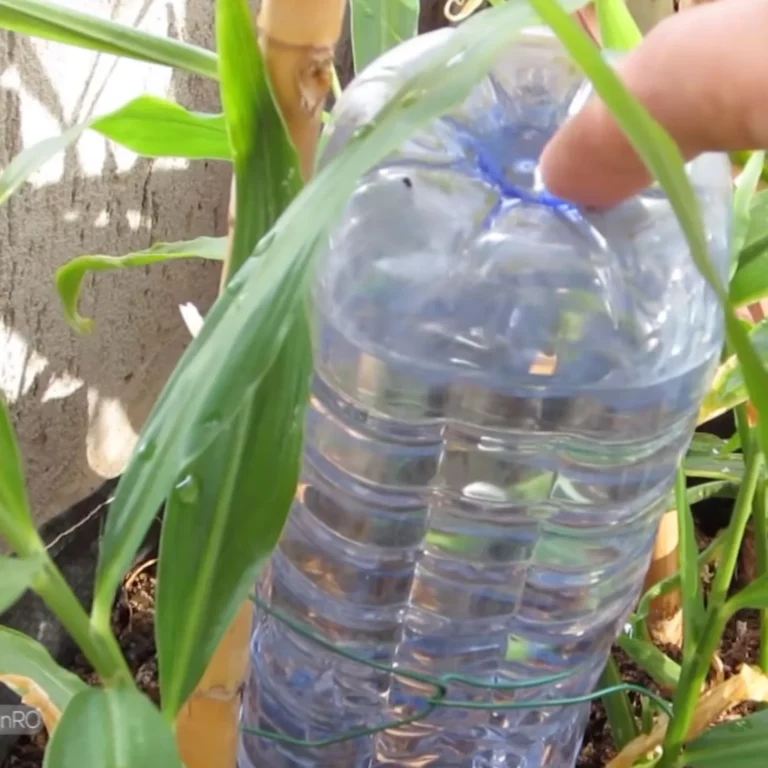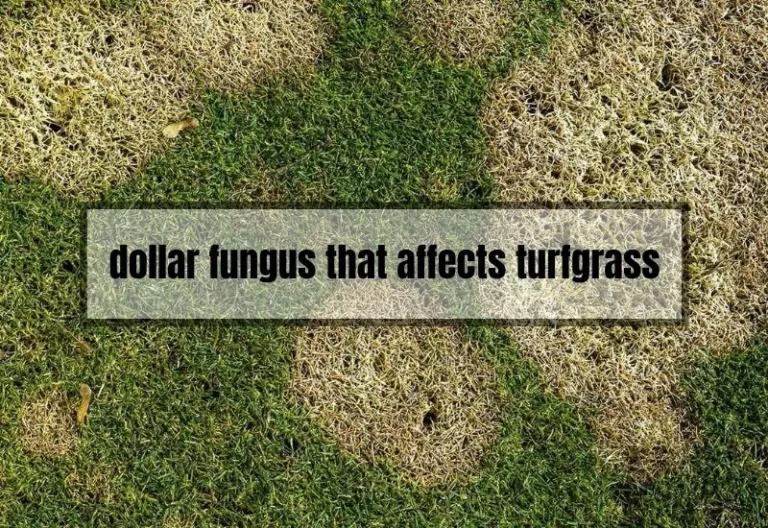How to Get Rid of Sunflower Maggots: A Comprehensive Guide
Are you a sunflower enthusiast who’s tired of pesky little creatures ruining the beauty of your beloved sunflowers? Look no further than this article, where we’ll take you on a journey through the world of sunflower maggots and provide you with essential tips to get rid of these tiny troublemakers and prevent future infestations.
In this post, we’ll be your guide to saving your sunflowers and ensuring their beauty for years to come. Don’t let sunflower maggots cause significant damage to your plants any longer. Let’s jump right in and discover the secrets to a sunflower maggot-free garden!
Key Takeaways
- Learn how to get rid of sunflower maggots and prevent future infestations.
- Discover the essential tips to save your sunflowers from significant damage.
- Ensure the beauty of your sunflowers for years to come.

How to Get Rid of Sunflower Maggots
Identifying Sunflower Maggots
To get rid of sunflower maggots, you must first know what they look like. These small, white pests resemble tiny caterpillars and often lay their eggs on the stems of sunflower plants.
When the larvae hatch, they start munching away at the plant tissue, causing damage and wilting. Look out for wilted or discolored plants, small holes in stems or leaves, and the presence of the maggots themselves to spot a sunflower maggot infestation.
Biological Control Methods
Fighting sunflower maggots with nature is always a good strategy. Beneficial insects like ladybugs and lacewings can help control sunflower maggot populations.
These natural predators feast on the maggots, keeping their numbers in check. Make sure to release these beneficial insects at the right time, typically when the sunflower maggots are in their larval stage, to ensure maximum effectiveness.
Chemical Control Methods
If you need to bring out the big guns to tackle a sunflower maggot infestation, specific insecticides can help.
Look for products containing spinosad, which is known to be effective against these pests. Follow the instructions on the label and take necessary safety precautions when using chemical control methods.
Preventing Sunflower Maggot Infestations
Crop Rotation
Keeping things fresh is key to preventing sunflower maggot infestations. By rotating sunflower crops with other plants, you can disrupt the life cycle of sunflower maggots and reduce the chances of a repeat infestation.
Try planting sunflowers in a different area of your garden each year to keep these pests guessing.
Sanitation and Maintenance
Cleanliness is next to… well, you know the rest. Keeping your garden clean and free of debris will help reduce sunflower maggot populations.
Regularly inspect your sunflower plants for signs of infestation, and remove any infested plants promptly. This vigilance will go a long way in keeping your garden maggot-free.
Companion Planting
As in life, it’s always good to have friends who’ve got your back. Planting specific companion plants can help deter sunflower maggots and protect your sunflower crops.
Consider adding plants like marigolds, nasturtiums, and mint to your garden, as their strong scents can help keep sunflower maggots at bay.
How to Treat Sunflower Pests
When it comes to sunflower pests, the first step is to identify the type of pest. Not all insects you find on sunflowers are harmful, and some, like ladybugs, are beneficial.
However, stunted growth, decimated foliage, and wilting coupled with insect sightings should call you to action.
Below- and Above-Ground Insects
Some insect pests live in the soil and do their damage to the roots or to the young annual plant as it’s emerging. These subterranean pests include cutworms, wireworms, and sunflower root weevil larvae. Other insect pests prefer to feed on the stalks, creating wounds that get infected by fungal pathogens.
They include Dectes stem borers, sunflower stem weevils and black sunflower stem weevils, and sunflower maggots. Still, other insects feed on the leaves and can completely defoliate a plant and kill it, such as pale-striped flea beetles, sunflower beetles, and thistle caterpillars.
A large group of insect scavengers ignore the rest of the plant and go straight for the head, where the best meal is to be had. The insects in this group include lygus bugs, sunflower head clipping weevils, red and gray sunflower seed weevils, sunflower moths, sunflower bud moths, banded sunflower moths, sunflower midges, sunflower receptacle maggots, and sunflower seed maggots.
Frequently Asked Questions (FAQs)
Can sunflower maggots infest other plants besides sunflowers?
No, sunflower maggots are specific to sunflowers and do not infest other plants.
Are there any natural predators of sunflower maggots?
Yes, there are several natural predators of sunflower maggots, including ladybugs and lacewings.
How can I tell if my sunflower plants have been infested by sunflower maggots?
Signs of sunflower maggot infestation include wilting, yellowing, and stunted growth.
When is the best time to treat a sunflower maggot infestation?
The best time to treat a sunflower maggot infestation is when the maggots are present and actively feeding on sunflower plants.
Are there any non-toxic alternatives to chemical insecticides for controlling sunflower maggots?
Yes, there are several non-toxic alternatives to chemical insecticides, including biological control methods, such as releasing beneficial insects, and cultural control methods, such as crop rotation and companion planting.
Conclusion
In conclusion, sunflower maggots can have a devastating effect on sunflower crops, but there are several effective methods for getting rid of them and preventing future infestations.
By identifying sunflower maggots, using biological and chemical control methods, and implementing prevention techniques such as crop rotation, sanitation, and companion planting, you can protect your sunflower crops from these destructive pests.
Related Posts:





